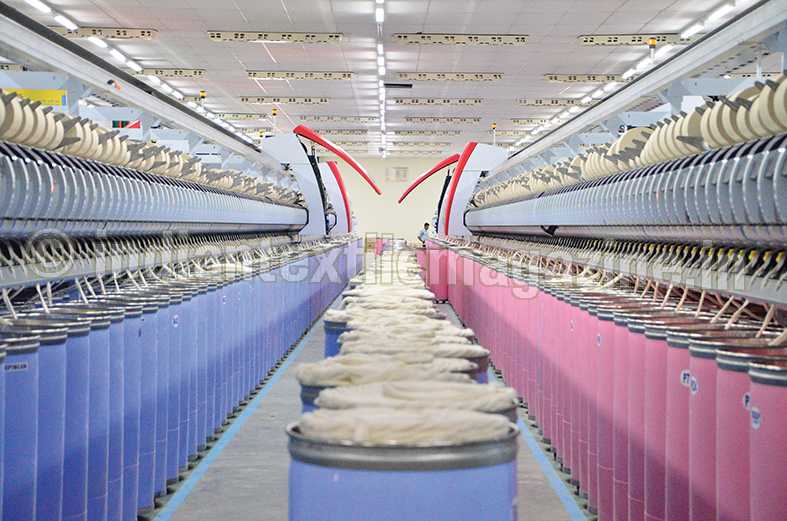By Daniel Lippuner, CEO, Saurer Group
The textile market growth is generally influenced by the increasing buying power of the middle class in the ambitious markets as well as the growth of the worldwide population. The cycles are dependent on general financial conditions worldwide and consumer behavior. Staple fibre consumption is expected to continue growing in the next few years at an average rate of two per cent. Therefore, the future textile machine market is expected to reach at best low, one-digit increase rates because the machines become more and more productive, thanks to innovations.
Unfortunately, the cyclicality will not decrease because the markets are synchronized worldwide. Governments of big textile countries have also been increasing their influence on the markets. In this sense in the Chinese Government plays an important role, working on normalizing the cotton prices in China and dealing with the existing high strategic cotton warehouses.
We expect India to expand its strong position during the coming years. In terms of ring spinning India is expected to overtake China, thanks to the quality of the local cotton and higher efficiency of the mills. These days nearly 80 per cent of the new installed machines in spinning mills are already being equipped with automation, i.e., auto doffing. Also China has past the phase of building up high spinning capacities that bind a lot of manpower. Because of the higher wages the industry must raise its productivity to remain competitive. This can result in lowering of today’s capacities. Smaller unprofitable companies will close or be consolidated in larger groups.

Many Chinese investors are looking abroad at Vietnam, Indonesia, Pakistan, Bangladesh and even the US. Nevertheless, China still remains one of the most important markets. On the filament side, there is no right alternative to China. Almost 75 per cent of the worldwide capacities are installed there. This area is less wage and space intensive.
Pakistan and Bangladesh will recover and invest stronger again, as soon as the basic conditions are back again. Low wages and energy costs are the main advantages of these countries. In general, South-East Asia, especially Indonesia and Vietnam gain importance, also due the drift of Chinese companies in this region. Africa is waking up, and the advantages like import duty exemptions for products out from Africa are promoting investments in this region.
When it comes to yarn processing in general; there has been and always will be a certain competition between the different production processes. Once upon a time ring spinning was said to lose its market share to rotor spinning due to the lower productivity in ring spinning. Then airjet spinning came along and was supposed to succeed both ring spinning and rotor spinning. Today filament is growing faster than the staple yarn business. Still most of the things we wear closest to our body are staple ring spun cotton or cotton-mix. The touch and feel of the ring spun yarn still remains the benchmark for all the other processes. As long as there is demand for such products, there will be traditional spinning mills. One day we might consider pure cotton a luxury product.
Sustainability becomes more and more important because of the rising energy and raw material costs. High automation will become a must, not an option. These are points the machine producers with a high level of R&D who have a strategic advantage compared with the mid and low range competitors. We have launched such automated products with lower energy consumption already more than 20 years ago in the market and, therefore, can fall back upon a long experience which cannot be copied. Nevertheless new applications and the ever-changing fashion is always setting new challenges for textile machinery the development.
Saurer is a leading textile industry group mainly specializing in machinery and components for yarn processing. Saurer unites the spinning brands Schlafhorst and Zinser, the twisting brands of Allma and Volkmann, pre-spinning brand Jintan and the Saurer embroidery brand along with the Saurer Components Division consisting of the brands like Accotex, Daytex, Fibrevision, Heberlein, Temco and Texparts.
With annual sales of around 1,2 billion CHF, 3.800 employees worldwide and locations in Switzerland, Germany, Turkey, Brazil, Mexico, the US, China, India and Singapore, the group is well-positioned to serve world’s textile industry centres all over the world.
